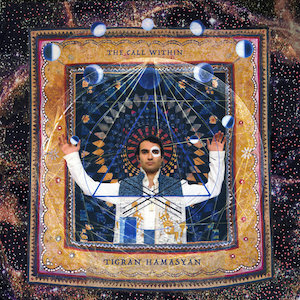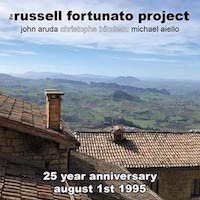Label: RareNoise, 2020
Personnel - Sofia Jernberg: voice; Mats Gustafsson: baritone saxophone, flute, live electronics; Kjetil Møster: tenor sax, clarinet, electronics; Anders Hana: baritone guitar, langeleik; Børge Fjordheim: drums.
The powerhouse Scandinavian ensemble The End magically orchestrates the six compositions that compose its sophomore full-length album, Allt Ar Intet (the Swedish for All is Nothingness), which comes in the footsteps of its predecessor, Svårmod Och Vemod Är Värdesinnen (RareNoise, 2018).
It's impossible to resist the diversified dynamics and ever-inventive texture as we find the group playing with light and darkness to make their sounds resonate. The intrepidly explorative saxophonists Mats Gustafsson and Kjetil Møster, vocalist Sofia Jernberg, baritone guitarist Anders Hana and drummer Borje Frodheim, who sits in for Deerhoof's Gregory Saunier, stake their ground as agitators while bringing their musical personalities into a mighty whole.
Dedicated to the Swedish pianist Per Henrik Wallin, an important figure in Gustafsson's musical formation, “Dark Wish” arrives as a sonic paraphernalia where post-jazz and noise-rock progress together without clashing. A brawny circular progression borrowed from the dark metal imperium supports the concurrent saxophones, one immersed in an ostinato and the other focused on a fiery improvisation. And then comes the amazing Jernberg who, exploring range and timbre like no other singer, battles the piercing forays of the tenor sax.
Møster’s “Intention and Release” is another colossal sculpture, a challenging epic piece that is also darkly poetic and strikingly emotional. With the baritone saxophone conducive to effusive propel, the piece offers substance alongside a hint of flamboyance, culminating with a gutsy pulse and slap tonguing saxophone.
Hana’s compositions, “Allt Ar Intet” and “Kraka Rorde Sig Aldrig Mer”, have distinct configurations. After an ethereal start, the former becomes raw and danceable, incorporating elements of new wave and post-punk in order to bolster an already empathic rock-edged groove. Conversely, the latter spirals into a frenzied metal-punk-free-jazz hymn ramped up by Jernberg’s wild screams over blazing guitar, and an unflagging baritone solo. The sort of esoteric quality found here makes absolute sense, since this piece was inspired by the literary work of British poet Ted Hughes.
Bookending the program are fresh imaginings of Karen Dalton’s “It Hurts me Too”, here featuring the droning vibes of Hana’s Norwegian zither and the plaintive Billie Holiday-esque cries of Jernberg, and Dewey Redman’s “Imani”, a piece from 1973.
Sometimes cryptic, demented on occasion, always bold and fascinating… The End keeps listeners on their toes.
Grade A
Favorite Tracks:
02 - Dark Wish ► 03 - Intention and Release ► 05 - Kraka Rorde Sig Aldrig Mer










































